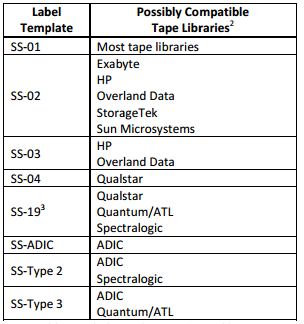 In a world where connectivity and speed reign supreme, consumers are ever more anxious for faster connections, more capability and more security. The cabling industry is largely split between fiber optic networks and the more traditional copper Ethernet cables. With advantages and disadvantages on both ends, we have compiled some data so you can decide the best network cabling option for you and your company.
In a world where connectivity and speed reign supreme, consumers are ever more anxious for faster connections, more capability and more security. The cabling industry is largely split between fiber optic networks and the more traditional copper Ethernet cables. With advantages and disadvantages on both ends, we have compiled some data so you can decide the best network cabling option for you and your company.Speed
Speed is usually at the top of everyone’s wish list when choosing a cabling option. If it’s important to you to have higher transmission rates, fiber optic networks are universally accepted as the faster option. A single optic fiber strand can transmit data at a rate of 100 terabits per second, and the number will steadily grow as new research is conducted.
For comparison, certain copper Ethernet cables can support transfer rates of 10 gigabits per second. Ethernet has experienced better speed capabilities with the introduction of Cat6 cables, which also have improved crosstalk, a major security concern which we’ll cover next.
Security
 The amount of data transmitted between cabling systems is significant! Protecting this data is crucial for the security and integrity of its users. Crosstalk is electrical interference from outside sources that disrupts the normal flow of data in a cable, mostly in adjacent circuits. Ethernet cables are vulnerable because they do work through electrical signals. This could lead to data overlap or even data interception. Improvements, such as differing twist rates of individual cables and cable shields, have reduced crosstalk but not eliminated it completely.
The amount of data transmitted between cabling systems is significant! Protecting this data is crucial for the security and integrity of its users. Crosstalk is electrical interference from outside sources that disrupts the normal flow of data in a cable, mostly in adjacent circuits. Ethernet cables are vulnerable because they do work through electrical signals. This could lead to data overlap or even data interception. Improvements, such as differing twist rates of individual cables and cable shields, have reduced crosstalk but not eliminated it completely. Fiber optic networks do not present the crosstalk security risk because data signals are transmitted through light and they travel differently than signals sent through copper wiring. There is no conduction of electricity involved with fiber optic cables.
Safety & Design
The cable used in a fiber optic network is made of a lightweight, thin glass in order to successfully carry light. There is little size difference between fiber cords, so they take up less space. Fewer cable bundles makes storage much easier.
Since electricity is not being conducted, non-flammable fiber optic cables are also ideal in a high-voltage location. Their qualities present a lower fire threat than the electricity present in Ethernet cords. Usually, the voltage used in Ethernet copper cables is not high enough to cause major fires.
Since fiber optics are less susceptible to temperature fluctuations and because of their glass casing, they can also be submerged in water.
These basic differences between fiber optic networks and copper Ethernet cables can influence a business’s choice. Consumers can expect speed and data capabilities to evolve through time. If you would like more information on the different communication equipment and networking products we offer, click here.



